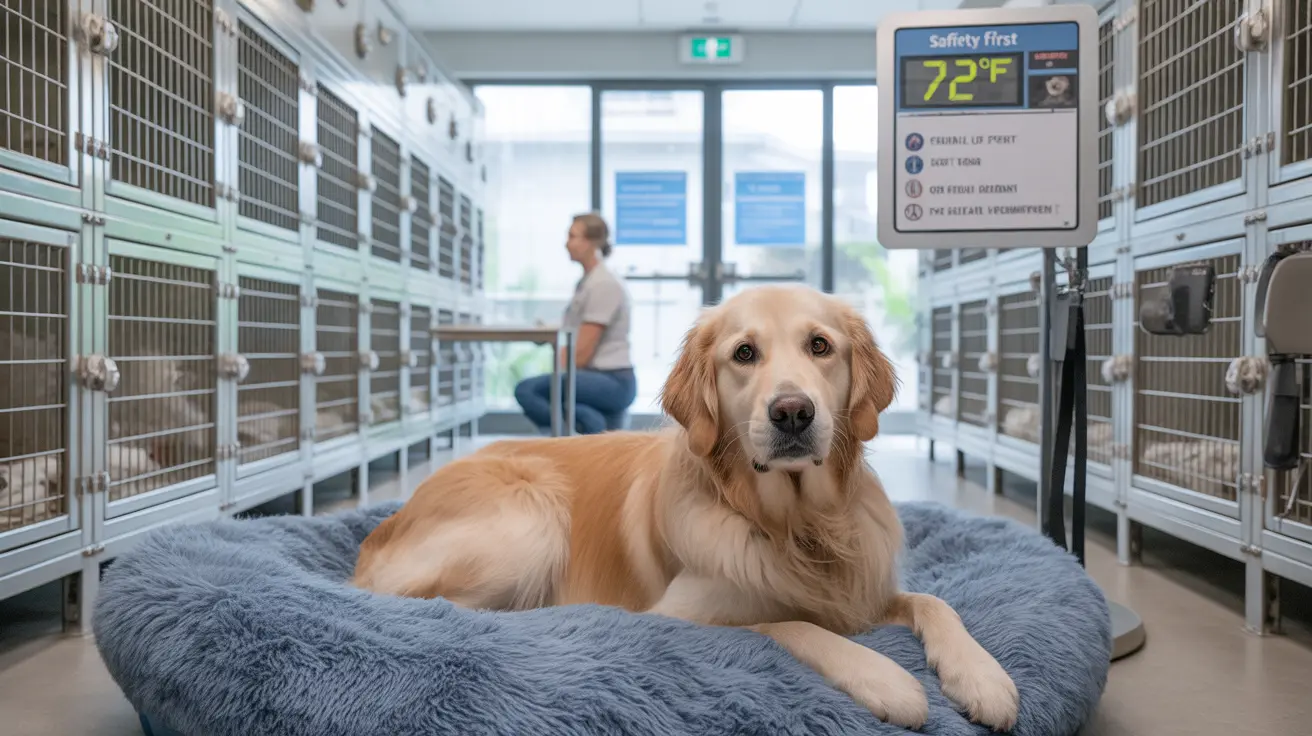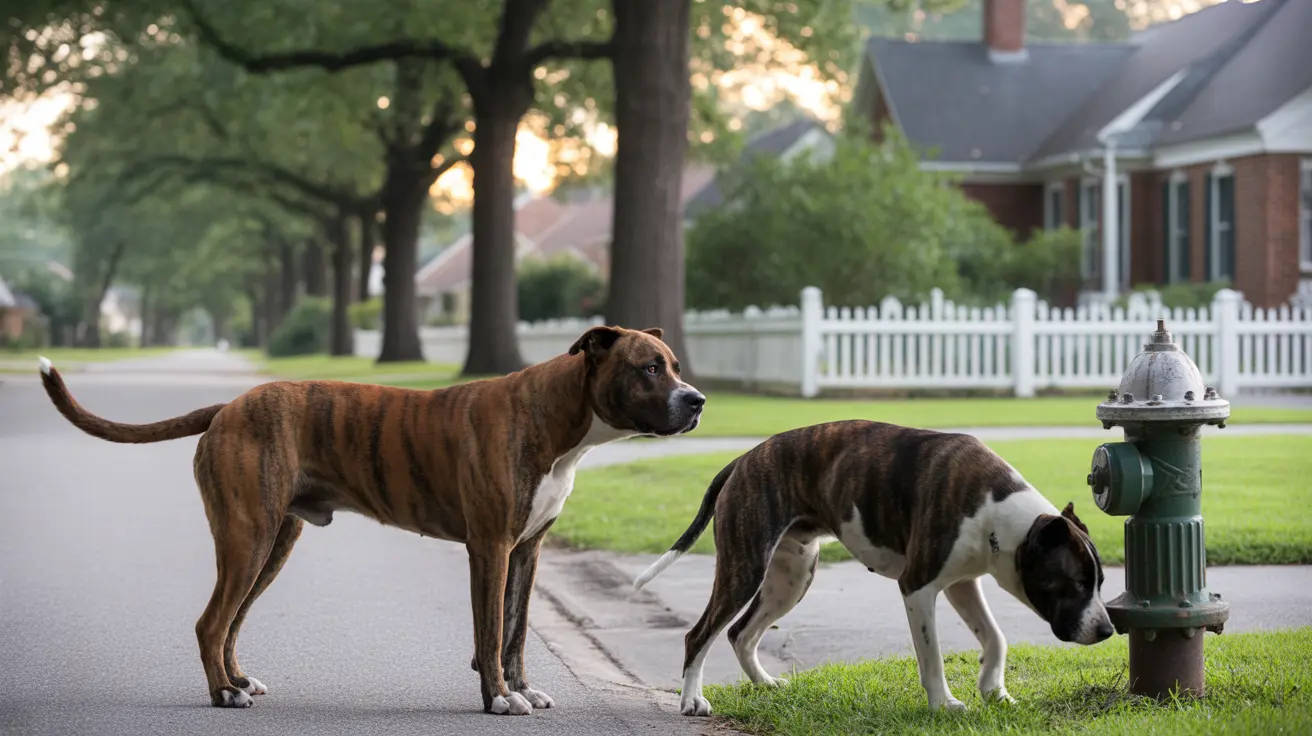Recognizing the Symptoms of Mites on Dogs
If your dog is constantly scratching or losing patches of fur, mites could be to blame. These tiny arachnids—cousins to ticks and spiders—can trigger a range of skin problems in dogs. Let’s break down what you might see if your dog has a mite infestation and how each type presents its own unique set of symptoms.
Common Signs Your Dog Has Mites
While different mites cause slightly different reactions, most infestations share a core group of symptoms. You might notice:
- Persistent, intense scratching, biting, licking, or rubbing
- Red, inflamed, or thickened skin
- Patchy hair loss or bald spots
- Scaly, crusty, or flaky skin
- Sores, lesions, or scabs from self-trauma
- White dandruff-like flakes (sometimes moving—"walking dandruff")
- Oily or smelly skin (especially if infection sets in)
- Head shaking and scratching around the ears (with ear mites)
- Dark, waxy debris inside the ears
- Raw or exposed patches where fur is missing
The severity can range from mild irritation to severe discomfort with open wounds and secondary infections.
Mite Types and Their Distinctive Symptoms
There isn’t just one kind of mite that bothers dogs—several species can infest your pet. Here’s how to tell them apart by their symptoms:
- Demodex canis (Demodectic Mange):
- Patches of hair loss (especially on the face)
- Thickened skin with redness and scaling
- Crusts and sometimes secondary infections (bacterial/fungal)
- This form often affects puppies or immunocompromised dogs; it isn’t contagious.
- Sarcoptes scabiei (Sarcoptic Mange/Scabies):
- Extreme itchiness with relentless scratching
- Redness and crusty lesions on abdomen, chest, elbows, legs, and ears
- Bald spots from hair loss; thickened skin over time
- This type is highly contagious to other dogs—and even to humans (though only temporarily).
- Otodectes cynotis (Ear Mites):
- Intense ear scratching and vigorous head shaking
- Dark brown/black waxy discharge in the ears with an unpleasant odor
- Painful ears; sometimes self-inflicted injuries from scratching too hard
- This form often affects puppies but can occur at any age.
- Cheyletiella yasguri (Walking Dandruff):
- Visible white flakes that may seem to move across the back
- Itchiness with patchy hair loss along the spine
- Highly contagious between dogs—and can cause temporary irritation in humans
l i >< strong >Trombiculidae (Harvest Mites/Chiggers):< / strong > ul > l i >Clusters of tiny orange - red dots on head, ears, feet or belly< / li > l i >Redness, bumps, crusts and intense itching< / li >< h3 >< strong >How Do Dogs Get Mites?< / strong >< p >Mites spread through direct contact with infested animals at places like parks or kennels.They also lurk in contaminated bedding or carpets.Some types pass from mother to puppy during nursing.< / p >< h3 >< strong >Diagnosing a Mite Infestation< / strong >< p >A veterinarian will usually confirm mites by examining skin scrapings under a microscope.In the case of ear mites, debris from the ear canal is checked for live parasites.Diagnosis helps rule out other causes like allergies or fungal infections.< / p >< h3 >< strong >Risks If Left Untreated< / strong >< p >Untreated mite infestations make life miserable for your dog: chronic itching leads to sores that get infected.Hair loss becomes widespread.Skin thickens and darkens.In severe cases(such as advanced sarcoptic mange), complications can threaten your dog's health—especially for puppies or neglected pets.< / p >< h3 >< strong >Treatment Options< / strong >< ul >< li >Topical medications: dips(such as lime - sulfur), sprays, shampoos< / li >< li >Oral or injectable miticides prescribed by a vet< / li >< li >Prescription ear drops for ear mites< / li >< li >Antibiotics or antifungals for secondary infections< / li >< li >Environmental cleaning: wash bedding & disinfect carpets/toys< / li >< p >All pets in contact with an infested animal should be treated at once.Follow all veterinary instructions closely; stopping early may allow mites to return.< / p >< h3 >< strong >Prevention Tips< / strong >< ul >< li >Groom & inspect your dog regularly for changes in their coat or skin< / li >< li >Feed a balanced diet to keep their immune system robust< / li >< li >Clean bedding & living spaces frequently< / li >< li >Use vet - recommended parasite preventives as part of routine care< / li >< p >(And don’t forget: regular vet checkups catch problems before they get serious.)< / p >< h3 >< strong >Can Humans Catch Dog Mites?< / strong >< p >Most dog mites stick to canine hosts.Sarcoptic mange can affect people but only causes temporary itching.Cheyletiella may also irritate human skin briefly.Good hygiene plus prompt treatment keeps everyone safe.< / p >< h3 key points summary="true">Key Points Summary:- Mite infestations cause itching, hair loss & visible skin changes in dogs.
- Main types include Demodex (demodectic mange), Sarcoptes (scabies), Otodectes (ear mites), Cheyletiella (walking dandruff), Trombiculidae (chiggers).
- A vet's diagnosis ensures proper treatment.
- Treat all animals in contact; clean environments thoroughly.





